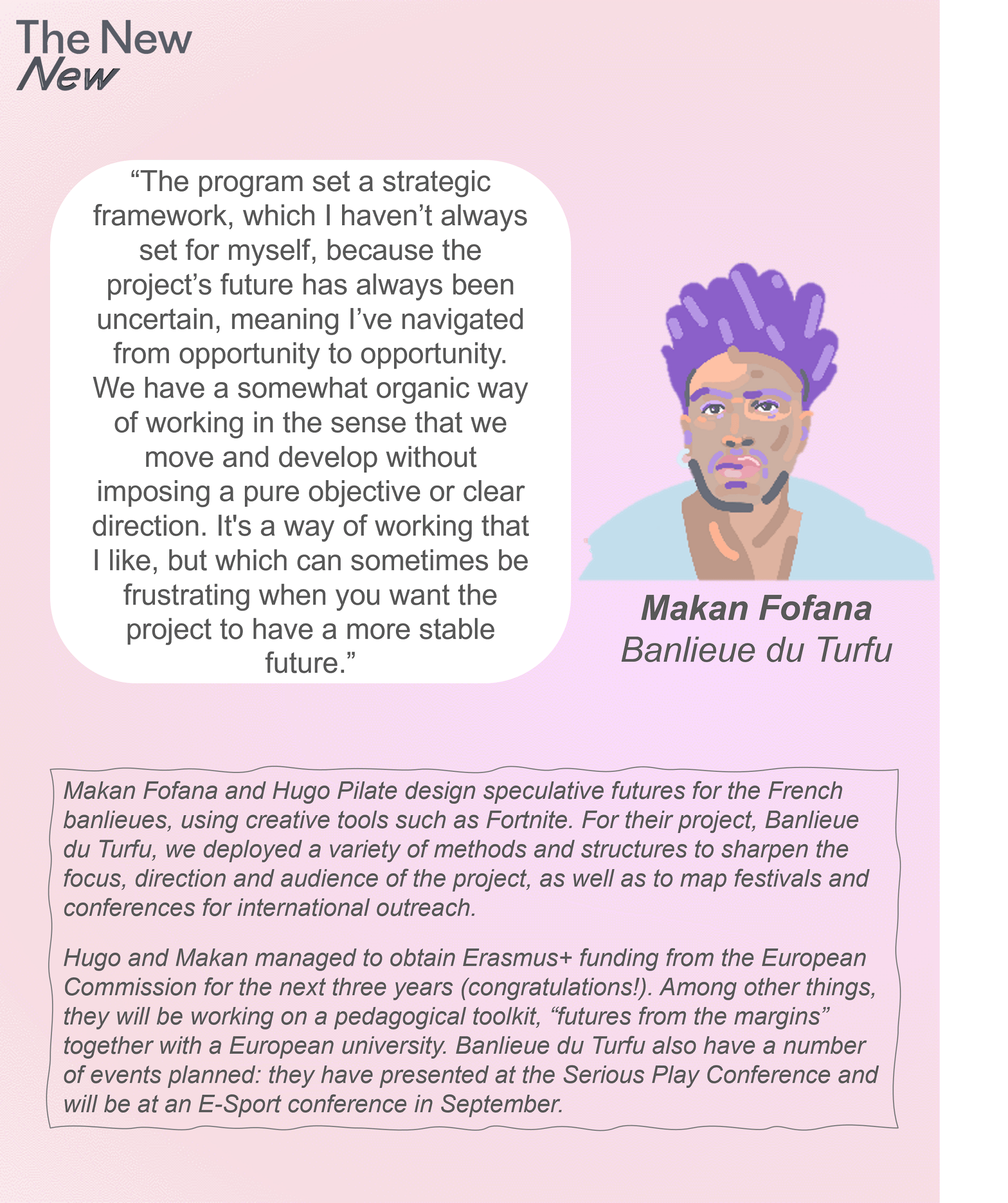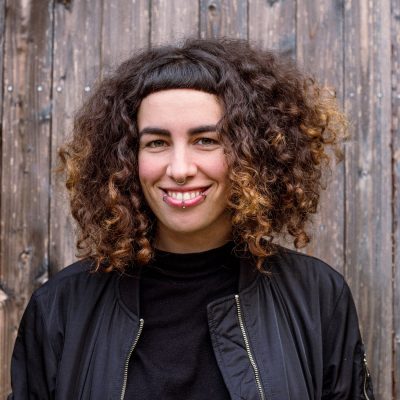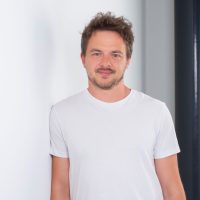Last year, The New New brought together 24 artists, technologists, thought leaders, writers and designers in 12 projects from across Europe for a six-month fellowship on visions for an inclusive digital future. The Bertelsmann Stiftung and Superrr Lab have continued to work with four of the 12 projects – Algorithms of Late Capitalism, Banlieue du Turfu, Beyond the Green, and Chayn – keeping in mind the question of how these civil society actors can be supported beyond financial assistance. As this support program is coming to an end, we see this as a good time to take stock of the last five months.
In order to help other organizations undertaking similar programs, we’re delighted to present our main learnings and findings from this support program.
Learning 1: Keep going, prepare, facilitate – concrete support continues to be meaningful even after a fellowship ends
During the fellowship support program, we observed how fellows could be concretely assisted even beyond the initial funding period. Having an organisation on hand to turn to for advice and support is a luxury that many small projects never get. But what forms of support were particularly effective? We found supporting projects’ structural underpinnings to be of great added value. We helped with time planning, structuring, research, process management and networking – the fundamentals of a project that fellows often can’t prioritise because of urgent, rolling deadlines or other external demands. Strategy was another area in which we were able to offer meaningful support. The support program really showed that for fellows, taking time to think strategically about the next steps after the fellowship was a top priority.

Learning 2: Use frameworks to support individual mentoring
Giving fellows longer individual and needs-based supervision was enormously beneficial to the projects. To be able to do this successfully depends, of course, on organizational capacity and the number of participants. However, we found this approach to be very valuable, particularly in comparison to a fully-planned training program that leaves little wiggle-room and flexibility.
At many points, the needs of our fellows overlapped. At many others, they were more varied and did not. Using frameworks and templates on digital online platforms for collaborative work (like digital whiteboards) was useful, and the approach could easily be duplicated and applied multiple times if necessary.
The templates we created that fellows found particularly helpful revolved around audience and project specification: elaborating key messages and narratives central to the fellows’ activities, depicting their (potential) networks, and mapping funders. The shared templates allowed work to take place in parallel: fellows could populate templates in their own time and we could map research directly onto them. This way of working created more space to meet regularly with individual fellows to discuss questions or problems, and to address specific needs – such as guidance on approaching funding organisations or reviewing their website. Projects’ community outreach and narrative development consistently topped priorities within the scope of the support we were able to offer.


Learning 3: A fellowship can be the first step in engaging civil society actors and policy-makers
For many young organisations, connections to political decision-makers are not an initial priority. Through the support program, some fellows were motivated to enrich their agendas by engaging with policy-makers. Demonstrating how their initiatives could meaningfully connect to policy emphasised the mutual benefit possible from such steps. Such engagement can contribute to the sustainability of fellows’ plans and future activities.
Looking to the future, we are actively considering how to facilitate encounters between policy-makers and civil society actors on an equal footing, and what those approaches look like.

This text is licensed under a Creative Commons Attribution 4.0 International License




Write a comment